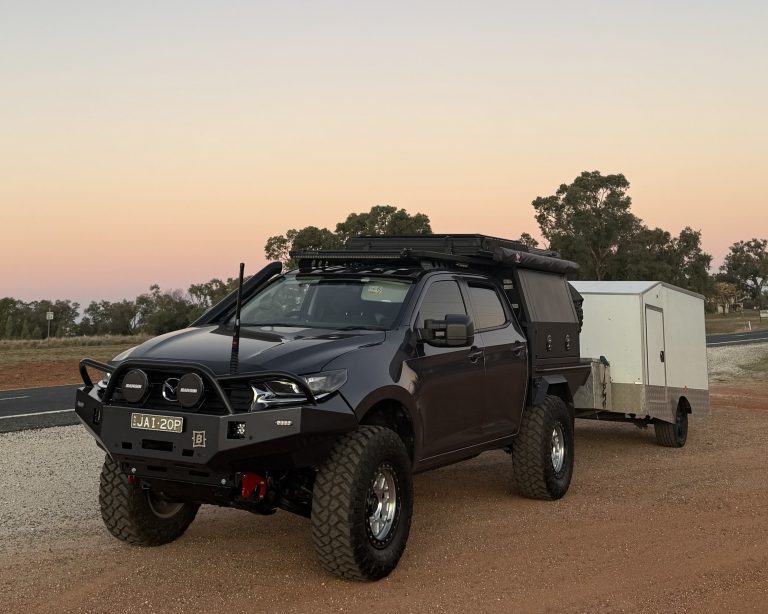
Optimise Your Commercial Trailer with Clearview Accessories
When you rely on your commercial trailer for work, efficiency, safety, and practicality is crucial. Clearview Accessories offers a range of innovative products designed to

Every journey tells a story, and sometimes the most unexpected storytellers are the tools that help us get there safely. Clearview Towing Mirrors have become trusted companions for countless travellers across Australia, capturing not just what’s behind them on the road, but pieces of history that make each destination special.
Recently, one of our customers shared a great photo from their travels through Cobar, New South Wales. In the reflection of their Clearview Compact Towing Mirror, the historic Cobar sign appeared like a window into the past. This simple image sparked a fascinating journey into Cobar’s rich heritage – a story of Indigenous culture, mining booms, and the resilience that built modern Australia.
The Land Before the Boom: Indigenous Wongaibon Heritage
Long before prospectors arrived with their picks and dreams, the Cobar region belonged to the Wongaibon people, part of the broader Ngiyampaa nation. These traditional custodians understood the land in ways that went far deeper than mineral wealth. They lived sustainably on country for thousands of years, developing sophisticated systems of land management and cultural practices.
When European colonists arrived in the 1860s, the Wongaibon people were still the primary inhabitants of this vast, red-earth landscape. Their knowledge of water sources, seasonal patterns, and the natural rhythms of the land would prove invaluable to early settlers – though this contribution often goes unrecognised in traditional historical accounts.
The cultural significance of this land extends far beyond its mining heritage. Sacred sites, songlines, and traditional stories connect the Wongaibon people to Cobar in ways that mining operations could never match. Today, visitors who take time to learn about this Indigenous heritage gain a much richer understanding of the region’s true history.
The Accidental Discovery That Changed Everything
In 1870, Cobar’s destiny changed forever through pure chance. Prospectors searching for other minerals accidentally stumbled upon copper deposits that would transform this remote outpost into one of Australia’s most important mining centres. This wasn’t just any discovery – it was massive.
The Great Cobar Copper Mine quickly became the heart of a boom that attracted people from across the country and around the world. Miners, merchants, families, and fortune-seekers flooded into what had been a quiet pastoral region. Within years, Cobar had transformed from a scattered settlement into a bustling town with all the infrastructure needed to support a major mining operation.
At its peak, the Great Cobar Mine held the distinction of being Australia’s largest copper producer. The scale was staggering – open-cut operations that could be seen for miles, processing facilities that ran around the clock, and a workforce that numbered in the thousands. The wealth generated here helped fund development across New South Wales and beyond.
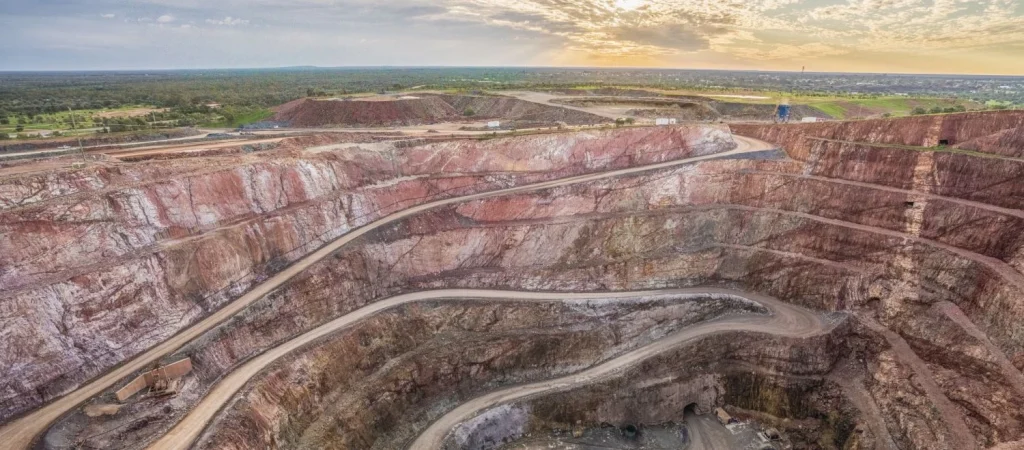
Beyond Copper: Gold Rush and Agricultural Growth
Success bred ambition, and in 1896, gold mining added another dimension to Cobar’s prosperity. While copper remained king, gold operations brought new investment and extended the town’s mining boom well into the 20th century. The combination of multiple mineral resources made Cobar one of the most economically diverse mining centres in Australia.
But Cobar’s leaders understood something crucial – mining booms don’t last forever. Even as the mines operated at full capacity, the town began developing its role as a service centre for the surrounding pastoral and agricultural industries. Sheep stations, cattle properties, and crop farms across the region needed supplies, equipment, and services that Cobar could provide.
This dual identity – mining powerhouse and agricultural service hub – gave Cobar resilience that many single-industry towns lacked. When mining operations eventually scaled back, the town had alternative economic foundations to rely on. Smart planning and community leadership helped Cobar survive the transition that devastated many other mining communities.
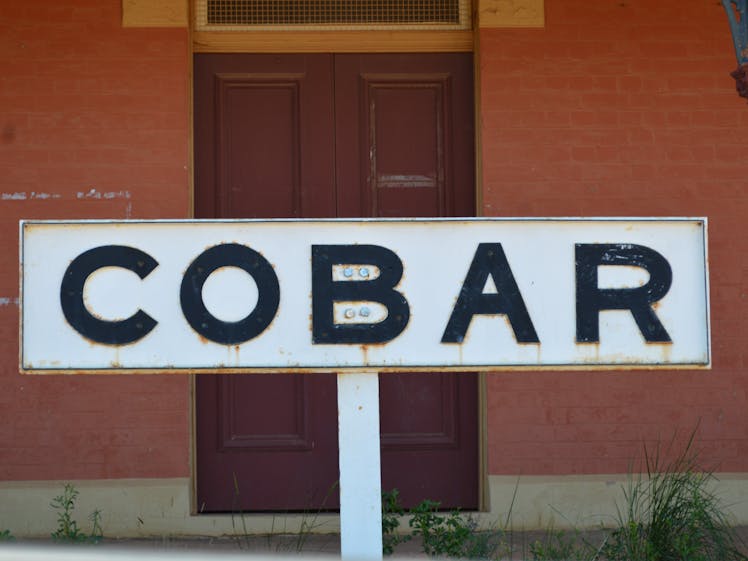
Preserving the Past: Heritage Sites That Tell the Story
Today’s visitors to Cobar can explore a remarkable collection of heritage sites that bring this history to life. The Great Cobar Museum, housed in the former administration building of the copper mine, serves as the town’s memory keeper. Original documents, photographs, mining equipment, and personal artifacts tell the human story behind the industrial statistics.
The museum’s collection goes beyond mining to explore all aspects of Cobar’s development. Exhibits on Indigenous culture, pastoral industries, and community life provide context that helps visitors understand how different groups of people shaped the town’s character. Interactive displays make the experience engaging for visitors of all ages.
The Cobar Miners Heritage Park offers a more solemn reminder of mining’s human cost. The Miner Memorial honours those who lost their lives in dangerous underground operations, while interpretive trails help visitors understand the physical and social challenges miners faced. These sites ensure that prosperity’s price is never forgotten.
For those who want to see the scale of past operations, Fort Bourke Lookout provides spectacular views of the massive open-cut mine. Standing at this vantage point, visitors can truly appreciate the ambition and engineering prowess that created one of Australia’s most significant industrial operations.
The Modern Journey: Why Cobar Matters Today
Cobar’s story resonates with modern travellers for several reasons. It represents the pioneering spirit that built much of Australia – the willingness to take risks, work hard, and adapt when circumstances change. The town’s success in transitioning from mining dependence to economic diversity offers lessons for communities facing similar challenges today.
The preservation of Indigenous heritage alongside mining history also reflects Australia’s growing commitment to telling complete stories about our past. Visitors who engage with both aspects of Cobar’s heritage gain insights into complex relationships between different cultural groups and their connections to land.
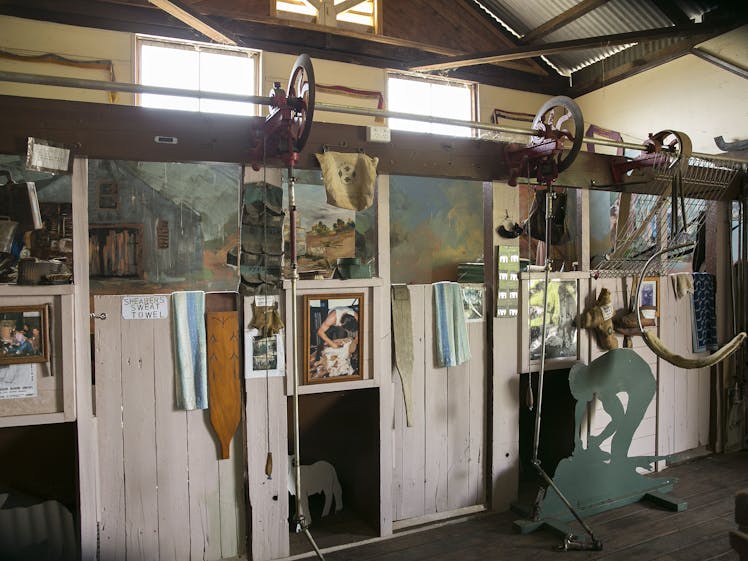
Cobar also represents the importance of reliable equipment for exploring Australia’s vast interior. The journey to Cobar often involves long distances, challenging road conditions, and the need for quality accessories, such as Clearview Towing Mirrors.
Reflecting on More Than Roads: The Clearview Connection
That photo of the historic Cobar sign reflected in a Clearview Towing Mirror captures something profound. These mirrors don’t just help drivers navigate safely while towing – they become witnesses to the places we visit and the histories we discover.
Every time you adjust your Clearview mirror, you’re participating in a tradition of Australian exploration that stretches back to Indigenous pathways, mining expeditions, and the countless journeys that connected isolated communities to the broader continent. The mirror reflects not just the road behind, but the accumulated stories of everyone who has travelled these roads before.
Quality Clearview Towing Mirrors enable safe exploration of places like Cobar, where the journey often involves challenging conditions and heavy loads. Whether you’re towing a caravan to explore mining heritage, hauling equipment for agricultural work, or simply ensuring maximum safety on long-distance drives, reliable mirrors become your connection to both past and present.
Your Journey Continues
Cobar’s story reminds us that every destination has layers of history waiting to be discovered. From Indigenous heritage to mining booms to modern community resilience, small towns across Australia offer rich narratives that enhance any journey.
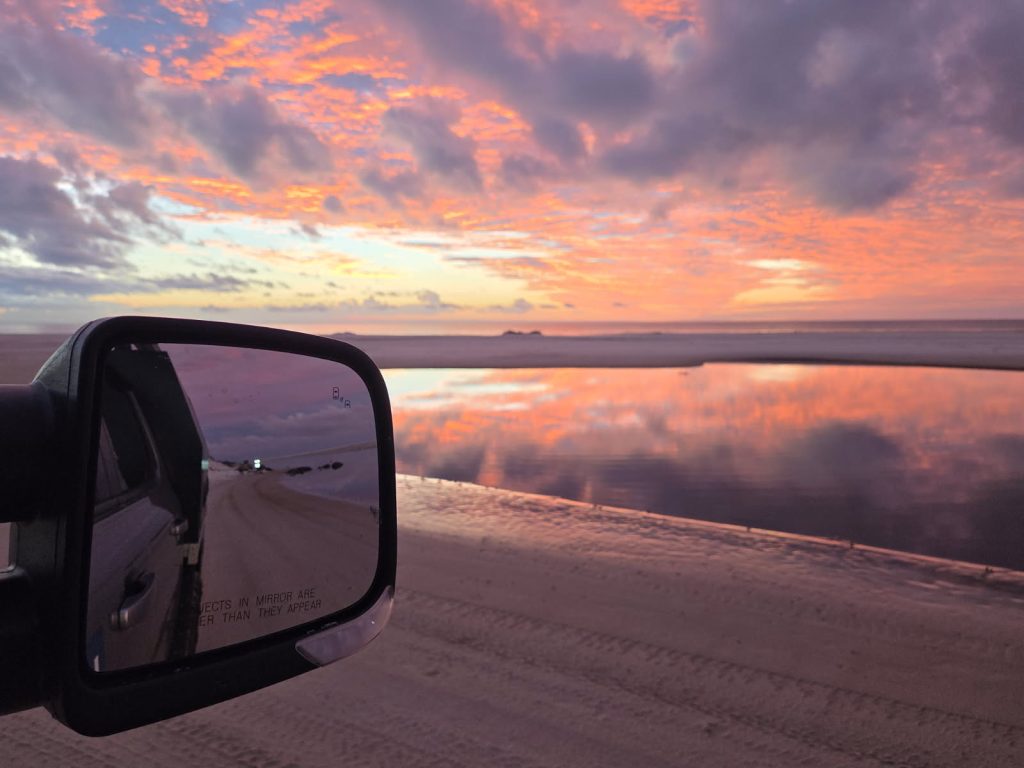
The next time you’re planning a road trip, consider the stories your Clearview Mirrors might reflect. Pack your sense of curiosity along with your gear, and remember that the best journeys often lead to unexpected discoveries – just like those copper prospectors in 1870 who changed Cobar’s destiny forever.
Safe travels, and may your mirrors reflect not just clear roads, but the remarkable history that makes exploring Australia so rewarding.
For more information, or to plan your next trip, visit: https://www.visitnsw.com/destinations/outback-nsw/cobar-area

When you rely on your commercial trailer for work, efficiency, safety, and practicality is crucial. Clearview Accessories offers a range of innovative products designed to

Every journey tells a story, and sometimes the most unexpected storytellers are the tools that help us get there safely. Clearview Towing Mirrors have become

Tucked away on the southern tip of the Mornington Peninsula, Cape Schanck is one of Victoria’s most scenic coastal destinations. Whether you’re chasing breathtaking views,